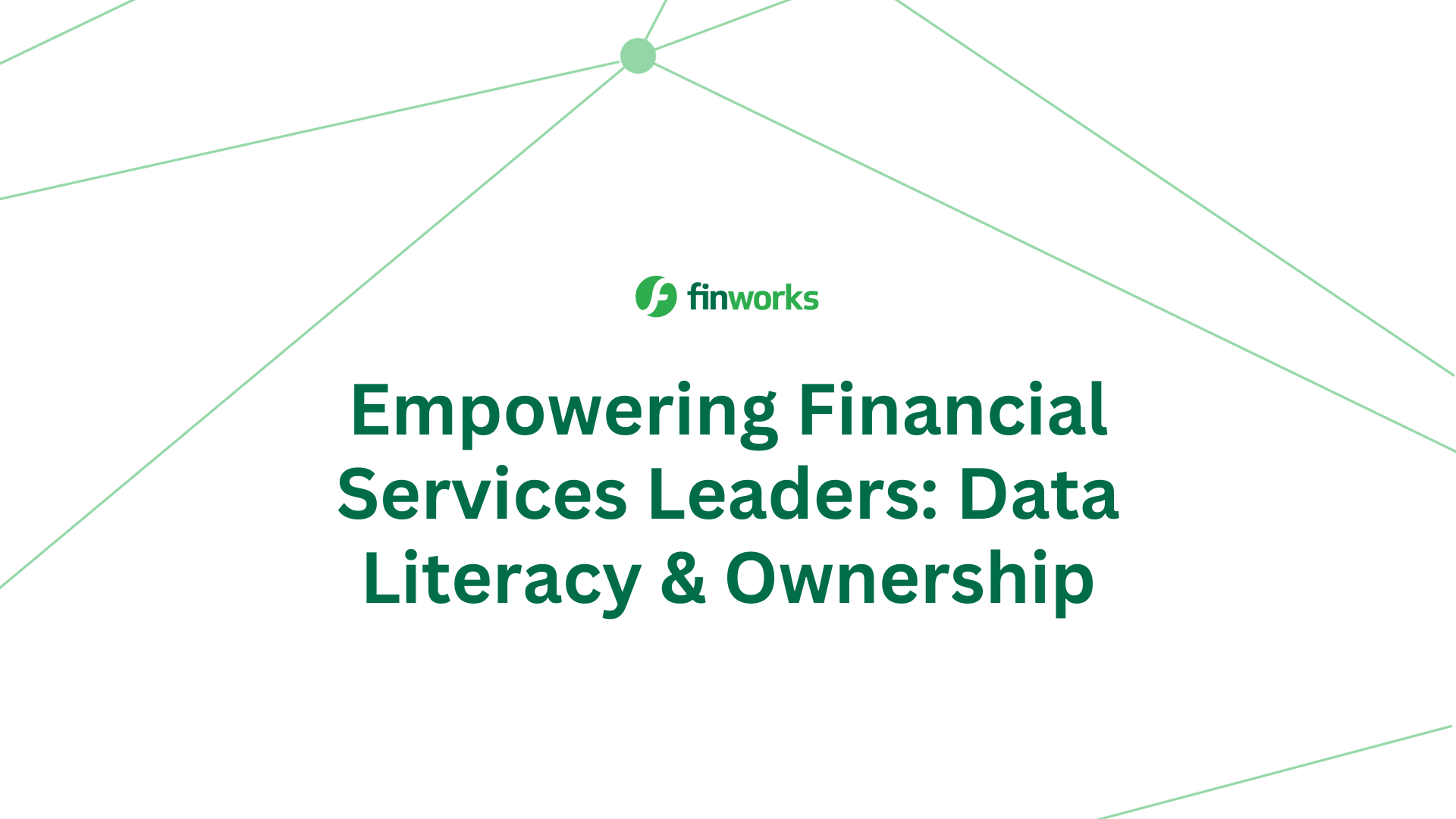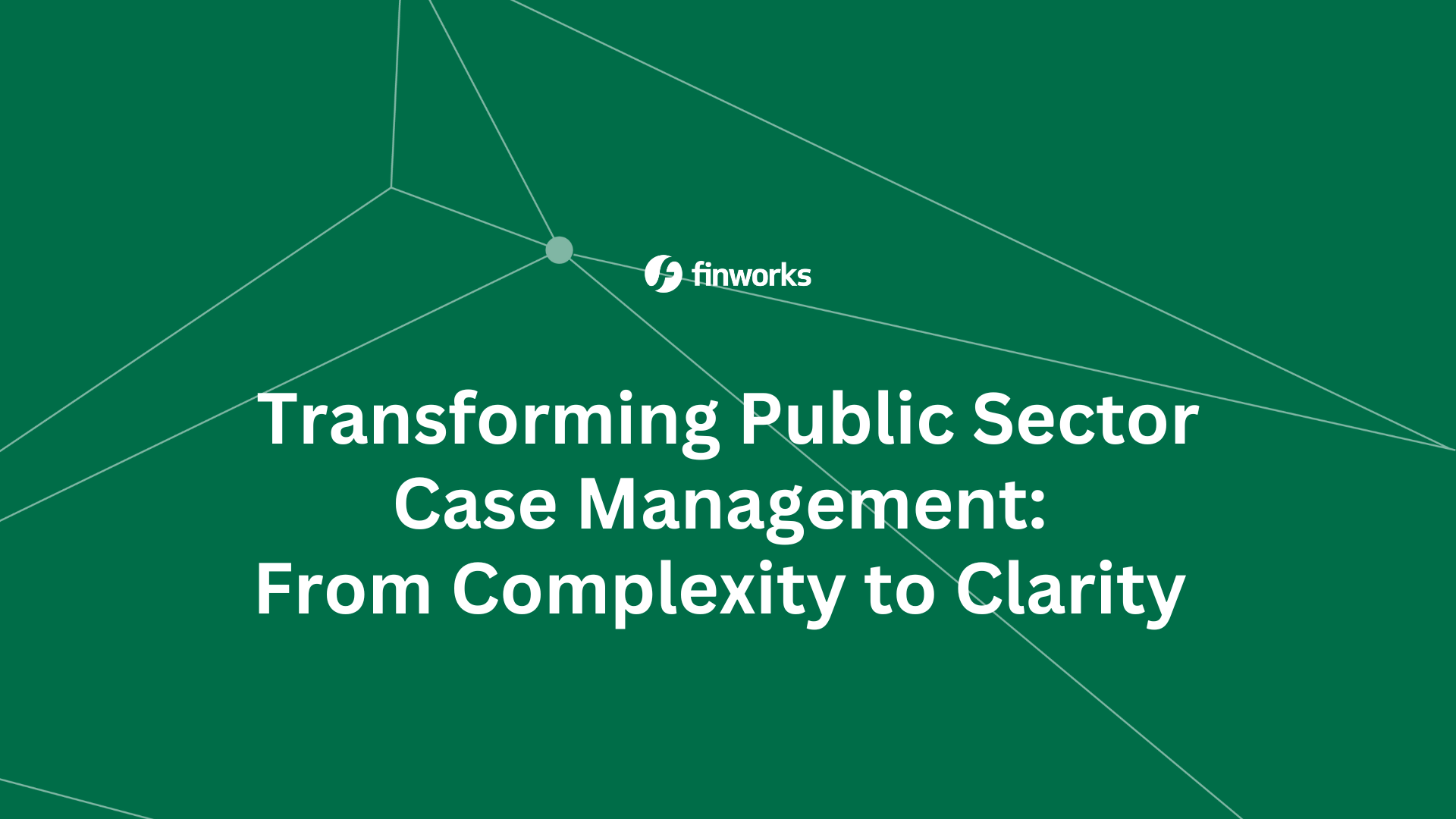Data Transparency
Why is Data Transparency important? What are the benefits?
Automation has enabled enormous efficiencies in recent years, but it has also detached data sources and outcomes from operations. Organisations now collect masses of data stored in the cloud but don’t necessarily have the tools to be able to effectively manage it. In our experience, all too many organisations have gone down the route of building the biggest new shiny data lake only to find it hasn’t actually solved their problems or helped deliver their business outcomes.
Transparency in the context of data management software is the assurance that data reported is accurate and validated from one or more qualified sources. Transparency is also the concept of allowing easy access to data without regard to where it is located or what application created it but having full auditability and traceability. It also means that businesses can get the most out of their data without the fear that their data will be used for purposes other than they intend. Establishing a fully transparent and data-driven business culture establishes trust by providing a clear and comprehensive understanding of the use of the data, who has access to it at any time, and when and how it is shared. From a customer perspective, companies that are open and communicative about what data they need from their customers and why will be more trusted by customers.

Providing Data Transparency – Metadata and Data Models
The Finworks Data Platform creates models of the metadata and data to support the creation of the data dictionary.
Metadata provides key information on how the data set is constructed. Metadata gives the capability to capture and edit the data you’re onboarding more easily. Our platform allows users to edit the data in the dictionary in terms of enriching and cleansing it. Since metadata it is centralized, it becomes the only source of truth. Its objects, once defined and created, can be based over and over on the security definitions assigned to the entities.
Data dictionaries describe the data from the point of view of the customer organisation. This allows the definition of the relationships between data objects and the format of the data that has been ingested and enriched. The data dictionary contains an extensive amount of information about the files, and it is specifically used for objects that have passed validation.
The strength of the Finworks Data Platform is achieved through the management of workflows associated with the data and metadata. The workflows allow the creation and enrichment of data sets in the data repository. The Finworks Data Platform, therefore, allows users to construct a data model of all the metadata associated with the data sets, relationships between data sets, and the relationships between the data sets and the workflow process for managing the ingestion and any form of calculation or aggregation of the data. This provides the users with the option to connect each item in the workflow with a variety of data sets and manage the whole cycle of linking items within the workflow.
Data Set Linkage capabilities link data sets, key information between data sets and attributes within those data sets. With the platform, users can give attributes a business-meaning name that is more meaningful than the physical name that is in the database. This function is useful when users want to visualise the metadata catalogue – users can access visuals of all the files within the metadata and can see the data sets relationships within the workflow. The creation of reports or other data analysis can be based on these linkages.
The benefits of a transparent data platform – a use case
A transparent data management platform provides features to users that enhance data usability. Data dictionaries can be used to edit files within the application. How our platform differs is that you can make the changes after the file has been uploaded and pass the changes to downstream applications or to business intelligence tools. This saves analysts the time and extra work of having to change data outside the system and re-uploading the file to make changes in other applications.
The feature of being able to edit any file on the go includes an integrated built-in JSON editor so that you can see what the JSON file looks like after it has been cleansed. Before uploading, you might have an idea of what your file looks like. After validation, the expected data can be investigated further. Change can be made, or the identification of patterns can be made. Identifying the patterns after validation is crucial. Users who don't wish to re-download the file can view it within the application itself. As you edit data formats in the data formats editor, you can automatically see what changes have been made.
A good way of monitoring your data structure is through visualisation. Data visualisation makes it easier to identify and share trends, outliers, and new insights about the information represented in the data, where abstract graphs and networks are represented as diagrams. It’s a way of providing users a look behind the scenes and gaining benefit from delving directly into the data.
Finworks values transparency
Finworks has a mission to increase data transparency. More and more, organisations need to be able to answer questions about how their data is collected, stored, shared, used, and deleted. This is particularly important when a diverse set of sources are used - documents, databases, manual and automated workflows, customer-facing websites, legacy systems, and email. Emphasis is on ensuring data is consistent, good quality, and usable. Finworks allows users to make use of what they discover about their data by increasing their exposure to new and different approaches that might help them to identify efficiencies, improve processes and automate workflows. The value of transparency is always being able to learn from your data and analyse how effective your actions are.
Our powerful, easy-to-deploy software enables you to continuously gather, manage, question, and learn from all the data available to you, and make significant ongoing improvements to your business as a result. Find out more here.




